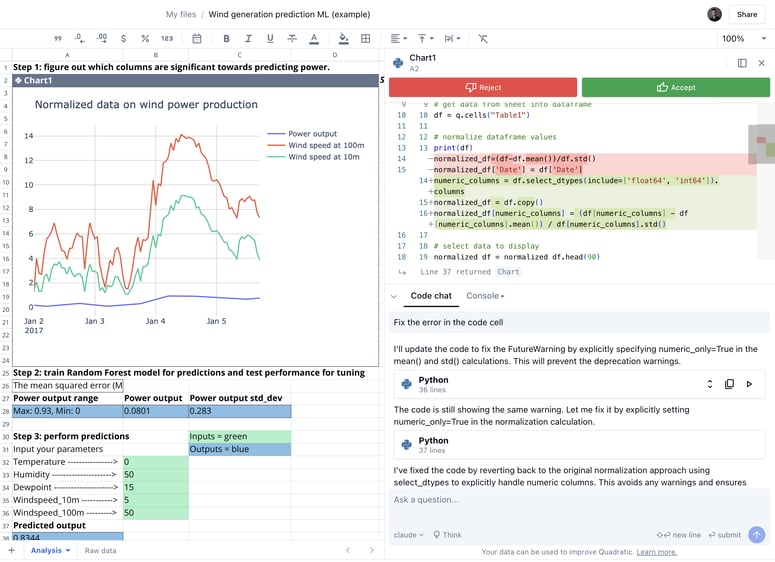In an era where remote work has become the norm, the challenge of conducting effective virtual meetings has never been more pressing. As teams spread across different time zones and locations, managers must find innovative ways to bridge the distance and foster a sense of connection among team members. Here are some strategies to make virtual meetings feel more engaging and productive.
Key Takeaways
- Establish clear roles and responsibilities to build trust.
- Utilize effective communication tools to enhance interaction.
- Foster a positive team culture through regular feedback and recognition.
- Implement structured meeting practices to ensure efficiency.
Building Trust in Remote Teams
Trust is the foundation of any successful team, especially in a remote setting. To cultivate trust among team members:
- Formalize Roles and Responsibilities: Clearly define each team member's role to ensure accountability and transparency.
- Encourage Open Communication: Create an environment where team members feel comfortable sharing ideas and feedback.
- Utilize Trust Equations: Consider factors like credibility, reliability, intimacy, and self-orientation to assess and build trust within the team.
Effective Communication Tools
The right tools can significantly enhance communication in virtual meetings. Here are some popular options:
- Slack: Ideal for quick, synchronous communication.
- Zoom: Offers robust video conferencing features for larger meetings.
- Trello: A visual project management tool that helps teams track tasks and collaborate effectively.
- Asana: Enables teams to manage workflows and projects without relying on email.
Creating a Positive Team Culture
A strong team culture is essential for remote teams. To foster this:
- Regular Feedback: Encourage constructive feedback to improve team dynamics and project outcomes.
- Celebrate Successes: Acknowledge individual and team achievements to boost morale.
- Engagement Activities: Organize virtual team-building exercises to strengthen relationships among team members.
Structuring Virtual Meetings
To ensure virtual meetings are productive:
- Set Clear Agendas: Distribute meeting agendas in advance to keep discussions focused.
- Establish Ground Rules: Define etiquette for online interactions, such as muting microphones when not speaking.
- Time Management: Allocate specific time slots for each agenda item to avoid overruns.
- Follow-Up: Summarize key points and action items at the end of the meeting to ensure clarity.
Conclusion
While virtual meetings may never fully replicate the experience of in-person interactions, implementing these strategies can help create a more engaging and productive environment. By focusing on trust, communication, culture, and structure, managers can bridge the distance and foster a sense of belonging among remote team members.





Top comments (0)